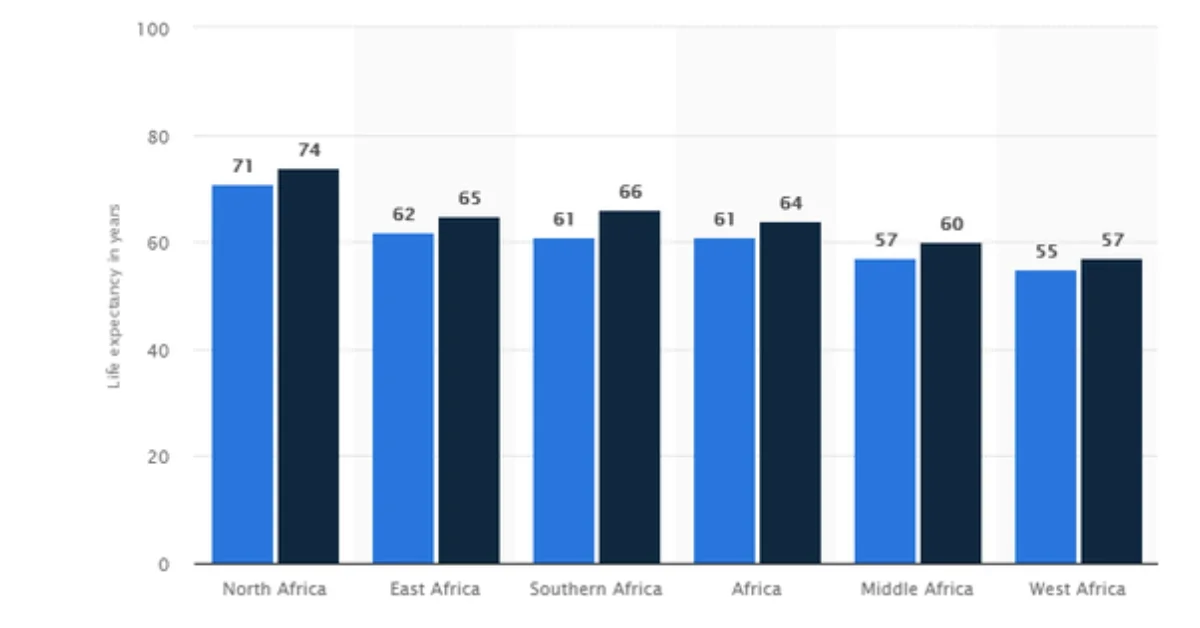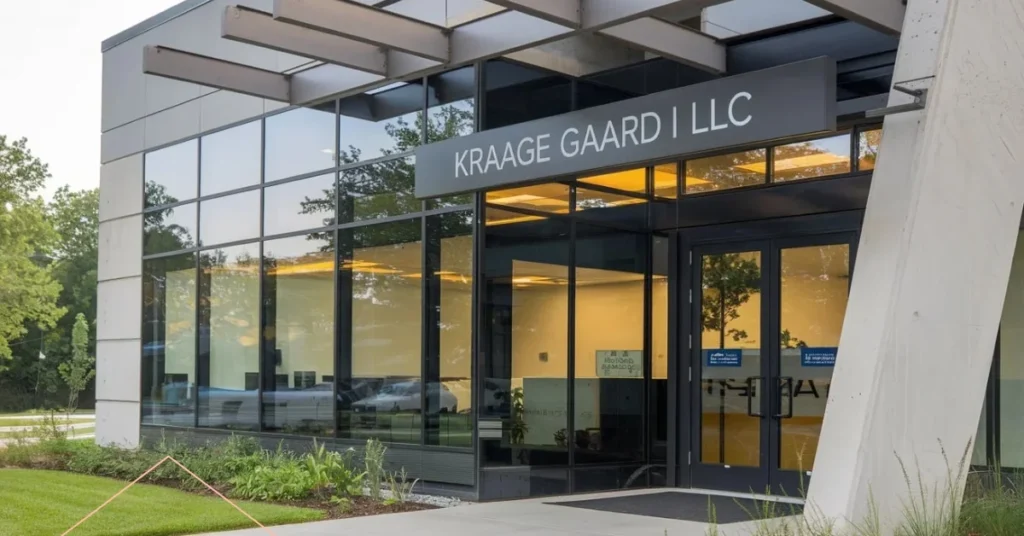As a plumbing contractor, you’ve likely spent years building your business from the ground up. Whether you’re looking to sell, attract investors, or simply gauge your company’s financial health, understanding how to assess your business value is crucial. One key metric often used in business valuation is the EV/EBITDA multiple.
In this article, we’ll break down what the Plumbing Contracting EV/EBITDA Multiple is, how it’s calculated, and why it’s essential for your plumbing business. We’ll also discuss ways to improve your multiple to increase your business’s value and explore industry benchmarks.
Understanding Key Financial Metrics
To fully grasp the EV/EBITDA multiple, it’s important first to understand the two key components involved: Enterprise Value (EV) and EBITDA.
Enterprise Value (EV)
Enterprise Value is the total value of a company, including its debt and excluding its cash holdings. It’s a comprehensive measure because it looks at both equity and debt when assessing a business’s overall value. The formula to calculate EV is:
EV = Market Capitalization + Total Debt – Cash and Cash Equivalents
For example, if your plumbing business has $2 million in debt, $500,000 in cash, and $4 million in market capitalization, your EV would be:
EV = $4 million + $2 million – $500,000 = $5.5 million
Earnings Before Interest, Taxes, Depreciation, and Amortization (EBITDA)
EBITDA is a financial metric that reflects a company’s profitability by measuring earnings before accounting for interest, taxes, depreciation, and amortization. This helps assess operational performance without the effects of financing and accounting decisions.
It can be calculated as:
EBITDA = Revenue – Operating Expenses (excluding interest, taxes, depreciation, and amortization)
For example, if your plumbing business generates $3 million in revenue and incurs $1.5 million in operating expenses (excluding interest, taxes, depreciation, and amortization), your EBITDA would be:
EBITDA = $3 million – $1.5 million = $1.5 million
What is EV/EBITDA Multiple?
Definition and Purpose
The EV/EBITDA multiple is a ratio that compares a company’s Enterprise Value to its EBITDA. This multiple is commonly used in business valuation because it provides a way to compare companies in the same industry, regardless of their capital structure. The formula is:
EV/EBITDA = Enterprise Value / EBITDA
This ratio is useful for potential buyers, investors, and business owners because it provides a quick snapshot of how much they are paying for every dollar of EBITDA.
Advantages of Using EV/EBITDA Multiple
- Capital Structure Neutral: Since EV includes both debt and equity, this metric is unaffected by whether a company is financed with debt or equity. This makes it a useful tool when comparing businesses that may have different capital structures.
- Industry Comparisons: The EV/EBITDA multiple is widely used across industries, making it easy to compare businesses in similar sectors.
Limitations and Considerations
While the EV/EBITDA multiple is a helpful tool, it does have limitations:
- It ignores differences in capital expenditures, which can be significant for businesses with heavy investments in equipment or facilities.
- It may not fully capture risks associated with a business’s growth prospects or market conditions.
Industry Benchmarks for Plumbing Contractors
Typical EV/EBITDA Multiples in the Plumbing Industry
For plumbing businesses, the typical EV/EBITDA multiple can range between 5x to 9x, though this can vary based on the size, location, and profitability of the business. Smaller, less profitable companies may see lower multiples, while larger, more efficient businesses may command higher multiples.
Comparison with Related Industries
In the construction and home services industries, plumbing contracting businesses typically fall within a range similar to other trades, such as electrical or HVAC contracting businesses. However, the plumbing industry tends to see slightly lower multiples due to the nature of the work, which often involves more local competition and less differentiation in service offerings.
Factors Influencing Multiples
Several factors can affect the EV/EBITDA multiple for a plumbing business:
- Company Size: Larger businesses with higher revenues and profits often receive higher multiples.
- Profit Margins: Businesses with strong profit margins or recurring revenue streams can command higher multiples.
- Market Conditions: Strong economic conditions and a booming real estate market can boost multiples, while recessions can lower them.
Calculating EV/EBITDA Multiple for a Plumbing Business
Step-by-Step Calculation
Let’s walk through a simple example of calculating the EV/EBITDA multiple for a plumbing business.
- Determine the Enterprise Value (EV): Add up the business’s market capitalization, debt, and subtract cash.
- Assume the plumbing business has $4 million in market value, $1 million in debt, and $200,000 in cash.
- EV = $4 million + $1 million – $200,000 = $4.8 million.
- Calculate EBITDA: Deduct operating expenses (excluding interest, taxes, depreciation, and amortization) from revenue.
- Let’s assume the business has $2 million in revenue and $1.2 million in operating expenses (excluding depreciation, taxes, and amortization).
- EBITDA = $2 million – $1.2 million = $800,000.
- Compute the EV/EBITDA Multiple:
- EV/EBITDA = $4.8 million / $800,000 = 6.0x.
Practical Example
If another plumbing business with similar revenue had a higher market cap or lower debt, its EV/EBITDA multiple might be higher. For instance, a business with $1 million in debt but $600,000 in EBITDA would have a different multiple.
Factors Affecting Valuation Multiples in Plumbing Contracting
Company-Specific Factors
- Revenue and Profit Margins: Businesses with consistent and predictable revenue streams (e.g., maintenance contracts) tend to have higher multiples.
- Operational Efficiency: Well-run businesses that are more profitable relative to their revenue can demand higher multiples.
- Customer Base: A diversified customer base, particularly with long-term contracts, can enhance a company’s valuation.
Market and Industry Factors
- Economic Conditions: Economic growth can drive demand for construction services, including plumbing, leading to higher multiples.
- Regulatory Environment: Changing plumbing codes or labor laws can impact profitability and, therefore, multiples.
Strategies to Enhance Your Plumbing Business’s EV/EBITDA Multiple
Improving Operational Efficiency
- Streamline business processes, reduce overhead, and improve profit margins by cutting unnecessary costs.
Expanding Service Offerings
- Consider offering new services such as energy-efficient plumbing solutions or maintenance contracts to increase recurring revenue.
Strengthening Customer Relationships
- Building long-term relationships with clients and offering excellent customer service can boost your business’s reputation and revenue stability.
Financial Management Best Practices
- Ensure your financial records are accurate and up-to-date. Monitor key performance indicators (KPIs) such as profit margins and cash flow to enhance your business’s appeal.
Common Pitfalls to Avoid in Valuation
Overestimating Future Growth
- Be realistic about your business’s growth potential. Unrealistic projections can lead to inflated valuations and missed expectations.
Neglecting Market Conditions
- Pay attention to the broader market conditions and adjust your expectations accordingly. A downturn in the economy or industry-specific challenges can significantly impact your valuation.
Ignoring Operational Weaknesses
- Address inefficiencies or weaknesses in your business operations before seeking a higher valuation. A clean financial statement and efficient operations will lead to better multiples.
Conclusion
Understanding the EV/EBITDA multiple is essential for plumbing business owners looking to evaluate their company’s worth, attract investors, or prepare for a sale. By improving your business’s profitability, expanding your service offerings, and managing your finances effectively, you can increase your EV/EBITDA multiple and boost your company’s overall value.
FAQs
What is EV/EBITDA multiple in plumbing contracting?
It’s a financial ratio used to value plumbing businesses by comparing their Enterprise Value (EV) to their Earnings Before Interest, Taxes, Depreciation, and Amortization (EBITDA).
Why is EV/EBITDA important for my plumbing business?
It helps you understand how your business is valued in comparison to others in the industry and is a key metric for investors and potential buyers.
How do I calculate my plumbing business’s EV/EBITDA multiple?
Calculate your business’s Enterprise Value (EV) and EBITDA, then divide EV by EBITDA to get the ratio.
What factors influence my plumbing business’s EV/EBITDA multiple?
Factors such as company size, profit margins, customer base, and market conditions can impact your EV/EBITDA multiple.
How can I improve my Plumbing Contracting EV/EBITDA Multiple?
Focus on increasing profitability, reducing costs, expanding services, and maintaining strong customer relationships to improve your business’s valuation.



